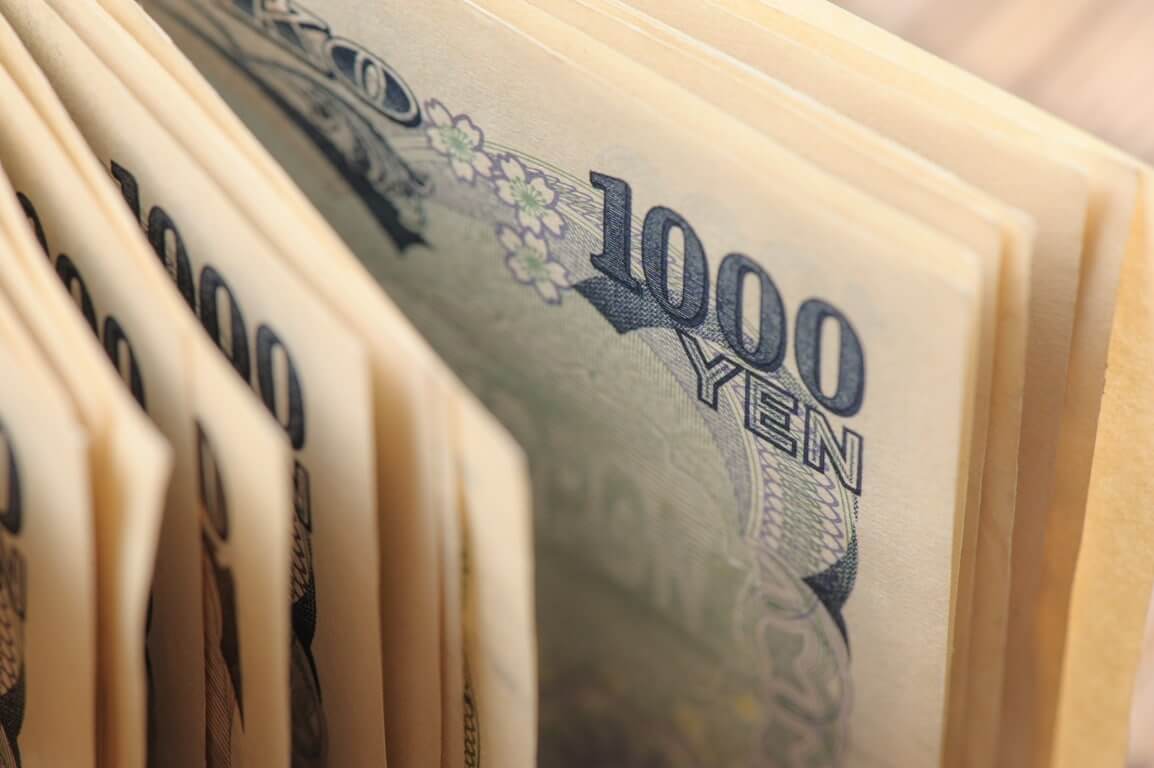
U.S. dollar hit a new high versus the Yen. What about Euro?
The dollar skyrocketed to a 24-year high against the Japanese yen on Wednesday. During today’s session, Japan’s dovish monetary policy kept its currency in the red. Furthermore, the greenback jumped to a 37-year peak versus the British Pound. U.S. economy remains relatively strong while investors fret about Eurozone’s economic problems. Russia recently cut the gas flow to Europe, and the latter may end up in a deep crisis this winter. Meanwhile, Federal Reserve is still hawkish and aims to push inflation down to its 2% target.
The greenback surged forward at 144.99 yen today. The pair now hovers within reach of its 1998 peak of 147.43. It has hit this level for the first time since August 1998. The U.S. currency exchanged hands higher by 1.1% at 144.305 yen at last.
Moreover, the dollar rallied to $1.1407 versus the sterling. The British currency plunged to its lowest level since 1985. It traded down by 0.8% at $1.1425 on Wednesday. The Euro also tumbled below 99 cents after lowering to $0.9864 yesterday, its lowest level since October 2002. Despite that, the common currency managed to climb up by 0.3% to US$0.9930 at last.
Karl Schamotta, the chief market strategist at Corpay in Toronto, stated that the greenback is the strongest safe-haven currency right now. That’s why it’s outperforming all of the major currencies. The Federal Reserve is hiking interest rates, while the American economy seems resilient compared to Europe.
The strategist also added that the Japanese central bank shows no inclination to change direction. With measures of core inflation barely moving, yield differentials continue worsening. All of these weigh on the Yen, pushing it into the red.
Will the ECB increase rates in the coming days?
Some analysts expect the European Central Bank to hike rates by a 75 basis point (bp) on Thursday. However, such forecasts aren’t enough to support the Euro, especially considering that Russia keeps the Nord Stream 1 gas pipeline shut indefinitely. The European economy is facing a deep crisis in the coming months.
On the other hand, the U.S. services industry soared last month. The reports showed an unexpected boost, further ensuring traders that the country’s economy is rallying.
Despite the common currency’s plight, the Japanese Yen suffered the most today. Overall, the greenback has gained 4.2% from 138.96 yen since the end of August. Market participants contemplate whether the Japanese government should intervene to bolster the currency.
According to the country’s Chief Cabinet Secretary Hirokazu Matsuno, if fast, one-sided moves in forex markets continue, the authorities would likely take necessary steps. But many economists think that such intervention will be difficult.
Rikiya Takebe, the senior strategist at Okasan Securities, stated that Foreign central banks focus on dealing with soaring inflation right now. They can’t afford concerns about exchange rate fluctuations.
Meanwhile, the Bank of Canada increased interest rates by 75 bps on Wednesday. The bank also declared that it needed to hike the policy rate even higher to hinder inflation. The greenback remained steady against the Canadian dollar, though. It edged up by 0.1% at C$1.3164 today.
On the other hand, the Chinese Yuan plummeted to a two-year low. The government tried to halt the currency’s fall but to no avail. The onshore yuan dropped as low as 6.9808 on Wednesday, hitting the weakest level since August 2020. Moreover, the offshore yuan collapsed to 6.997 per U.S. dollar.
How are the EM currencies faring?
Emerging Asian currencies also declined today as traders expected the U.S. Federal Reserve to tighten monetary policy aggressively in the near future. Consequently, the Malaysian ringgit tumbled down by 0.1%. It dropped to its lowest level since the 1998 Asia financial crisis.
On Wednesday, the Philippine peso also shaved off 0.2%, plunging to an all-time low. A widening trade deficit is contributing to the decline of the peso, – stated Nicholas Mapa, a senior economist for the Philippines at ING. He added that considering the rallying greenback and high trade deficit, the peso might remain under pressure for the rest of 2022.
The U.S. dollar’s surge is pushing the regional currencies into the red. The Vietnamese dong also decreased by 0.4%, hitting its weakest since April 2020. At the same time, the Singapore dollar dropped by 0.2% to an over two-year low.




